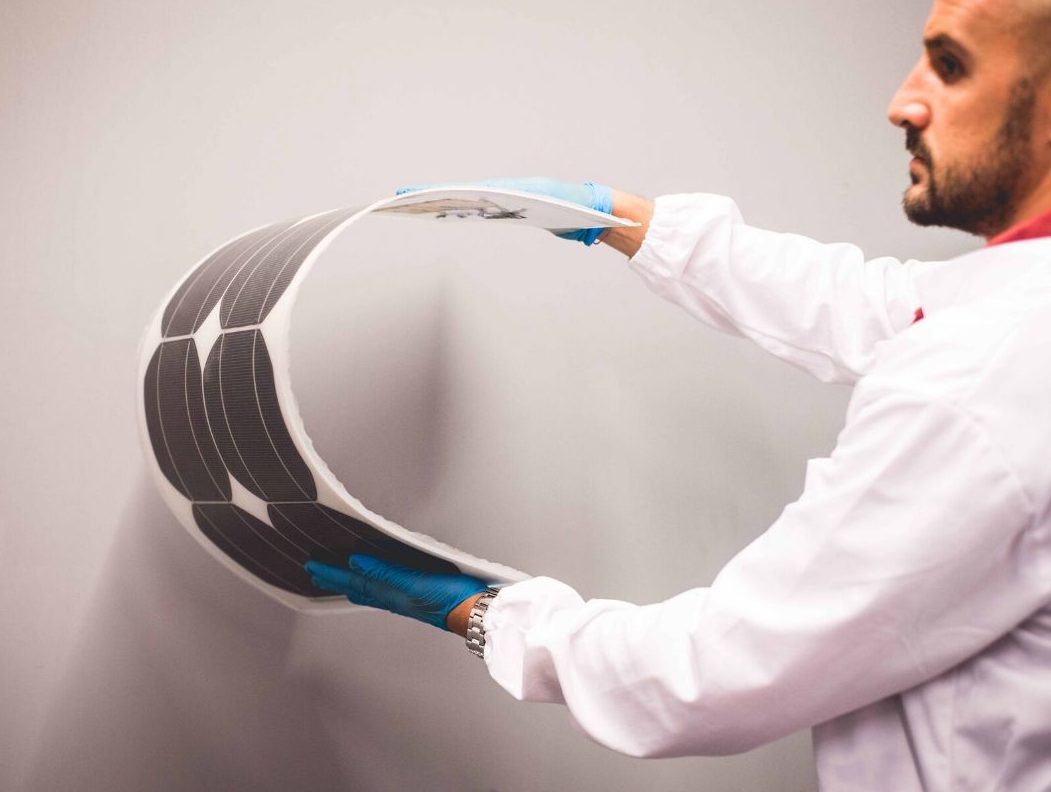A microgravitational understanding of the “scaffolds-cells-signals” paradigm for a more realistic investigation on the degenerative mechanism, regenerative expectations, and potential devices

This is the focus of the Topical Team sponsored by ESA and coordinated by Fondazione E. Amaldi, with Istituto Ortopedico Rizzoli, Politecnico di Torino, Kayser Italia srl, King’s College London (Faculty of Dentistry, Oral & Craniofacial Sciences), University of Basel, Universitat Politècnica de Catalunya (Department of Materials Science and Engineering), and Dalle Molle Institute for Artificial Intelligence. The expected results can usefully provide a most comprehensive and multidisciplinary data integration to safely plan long-duration space missions.
Not only a deep understanding of microgravity effects is mandatory, but also the actual regenerative potential of biomimetic bone tissue engineered scaffolds. The activity aims to evaluate (i) the impact of the findings collected so far with the related implications on an advancement in the microgravity biology sector, and (ii) whether the output can modify or introduce different and/or alternative investigation models on Earth.
Microgravity is a well-known extreme condition that significantly affects living organisms during spaceflights and influences several biological processes, such as cellular repair, suppression of immune functions, and bone loss. Skeletal unloading can induce cancellous osteoporosis in weight-bearing bones, decreased bone formation and abnormal bone metabolism. Bone loss during spaceflight is about 1–2% per month, being mainly marked in the bones of the legs and spine, despite the adoption of an intense exercise regimen to counteract mechanical unloading.
As a consequence, bone demineralization leads to an increased excretion of calcium which may affect various organs, especially kidneys, and changes in bone marrow, the site of blood-forming cells. In addition, after return to Earth, bone loss continues for several months. In this scenario, bone cell response should be accurately investigated to attain a more in-depth comprehension of those mechanisms that elicit an altered pathway responsible for a general pathological outcome.
A greater understanding can then support the development of effective counter-measures to be usefully integrated in future “healthcare” programs for astronauts and Earth patients, as well. In addition, the potential to regenerate bone, according to tissue engineering principles, needs to be critically considered in order to develop biomimetic functional biological substitutes.
This expectation can also be enhanced by exploiting calcium-phosphates and graphene as “active” means to support specific cell processes, in particular with reference to bone tissue. To this aim, a detailed analysis of biological assays reported to date and the definition of specific protocols for in vitro cell cultures performed using ad hoc approaches, properly designed for space missions, will be the main topics to be considered. Addressing those issues affecting astronauts will pave the way to tailored scientific protocols and investigational analysis for safe long-term/long-distance missions

More information about the workshops, meetings, and results will be available online soon.










